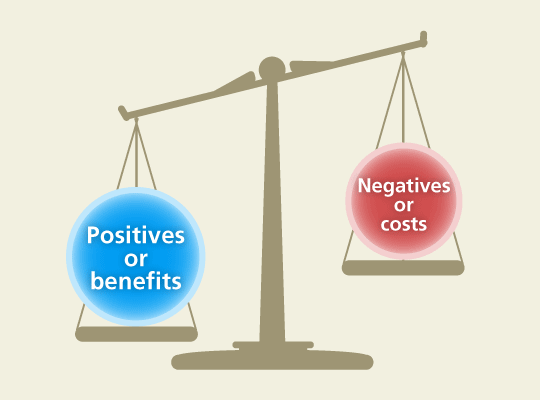You are here
Costs and Returns
 As we mentioned previously, assessing the cost and effectiveness of any system should provide growers and operators with an objective analysis of the initial cost of the technology. This includes the costs of maintenance, system management and the pay-back period on any investment. The most important part of this assessment is the cost-benefits that this system can provide. This will obviously vary from grower to grower and from small to large operations.
As we mentioned previously, assessing the cost and effectiveness of any system should provide growers and operators with an objective analysis of the initial cost of the technology. This includes the costs of maintenance, system management and the pay-back period on any investment. The most important part of this assessment is the cost-benefits that this system can provide. This will obviously vary from grower to grower and from small to large operations.
Sensor networks provide real-time information for specific production scenarios. We can ask the questions: “What’s the value of that real time information”? Is it worth collecting? Are the sensors worth paying for?
As economists, we start by noting that the inherent value of information is … zero.
- By itself, information is worthless.
- Information has value only when it can be put to use.
- And even then, it has a positive value only when the value its use creates exceeds the cost of acquiring and processing it.
So we start from the perspective that information is valuable when:
- It allows people to make better decisions and
- The increase in value from better decision making exceeds the cost of acquiring and processing the information.
Thus, our starting point is to try to figure out the ways in which information from these sensor systems might change decisions—and what the effects of any changes in operational decision making might be.
